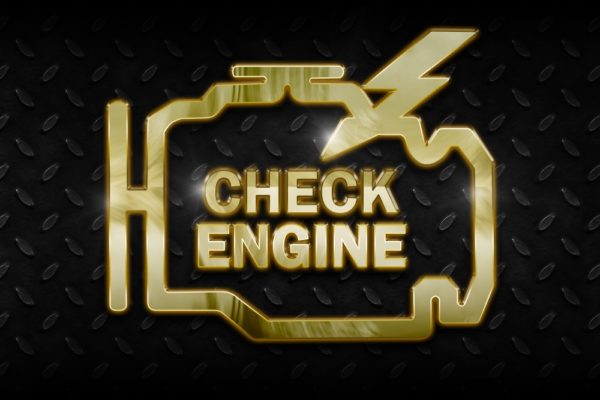
How to change the clutch sensor and slave cylinder?
Content
If your clutch transmitter and receiver are defective, your vehicle will not be able to start. In this article, you will find everything you need to know about replacing the clutch transmitter and slave cylinder and their role and breakage symptoms.
🚗 What are the clutch sensor and slave cylinder used for?
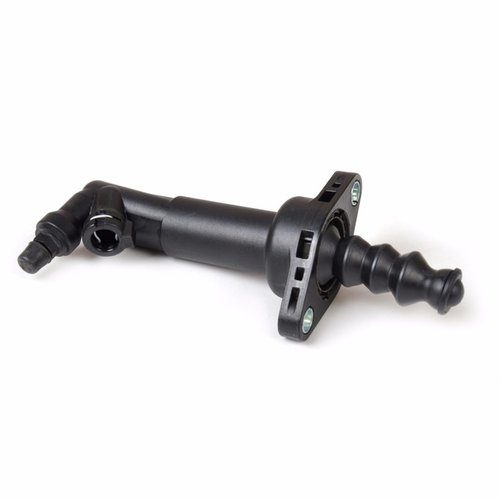
First of all, please note that the clutch sensor and slave cylinder are inseparable, they work together. When you depress the clutch pedal, the transmitter and receiver transmit engine power (through rotation) to the clutch release bearing. In short, they communicate that you are engaged.
Without this sender / receiver of the clutch, you cannot engage the clutch. And if you can't switch ... you can't drive! In addition, there is brake fluid in the transmitter and receiver, and if it fails, you are at risk too.
We are also talking about the master cylinder and the clutch slave cylinder.
🗓️ When to change the clutch sensor and slave cylinder?
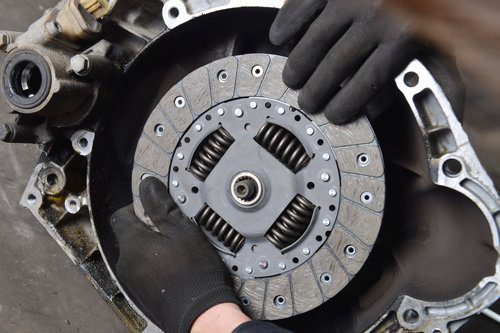
We strongly recommend replacing the clutch transmitter and receiver at the same time. The main reason is that their wear must remain constant in order to avoid re-interfering with the clutch chain.
But what are the signs that a receiver or transmitter is worn out or even broken?
- You can hardly change gears and your clutch pedal is stiffer than usual;
- You must press the clutch pedal several times to change gear;
- You hear a loud noise when shifting gears;
- You feel like the clutch pedal is stuck at maximum, preventing gear changes.
If you see any of these signals, there may be a leak in the transmitter or receiver.
Good to know: le brake fluid requires replacement every 2 years to ensure the performance of partsclutch, and increase their lifespan. This especially affects the sender and the recipient.
🔧 How to change the clutch sensor and slave cylinder?

Self-replacement of the clutch sensor and slave cylinder is possible. However, if you are in doubt about your mechanic skills, trust a specialist. Otherwise, here are the steps to replace the transmitter and receiver.
Required materials: toolbox, candles, etc.
Step 1. Remove the old transmitter.
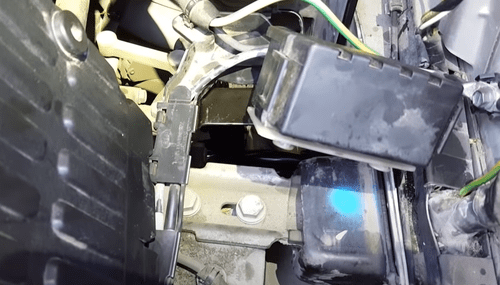
First, remove the cover under the steering wheel and locate the transmitter, which is a small piece of black plastic. Remove the brake fluid with a syringe. Then disconnect the pedal from the transmitter by unscrewing the two screws that secure it. You can now remove the transmitter.
Step 2: Installing a New Transmitter

Start by installing the new transmitter by attaching it to the bracket and reattaching it to the pedal by screwing it back on. Then you will need to connect the inlet and outlet ports and remove air from the system.
Step 3: Removing the old receiver (with a cruise car on jacks)
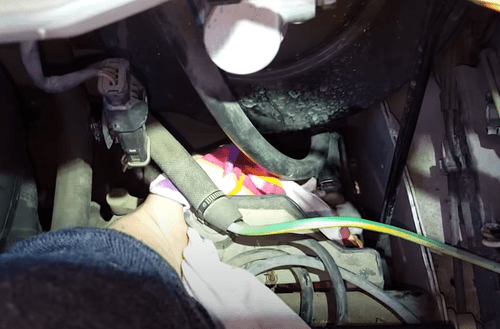
At this point, if you have a rear wheel drive vehicle, you will need to place it on the jack supports to be able to access it. Disconnect the air line from the attached receiver (near the transmission flare) and allow the fluid to drain. Then, if the clutch fork is in the gearbox, you must disengage it. This fork is a kind of lever that, depending on the type, pulls or pushes the clutch release bearing. Then finish by removing the receiver.
Step 4: Installing a new receiver
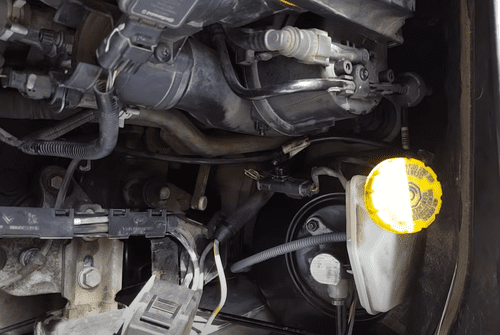
Connect the new receiver to the transmission, then connect the main piping. Remember to bleed the clutch system immediately afterwards.
And just like that! You have every opportunity to replace the clutch transmitter and slave cylinder on time. This will save you a lot of frustration, because even if these details are sometimes not recognized or even unknown, they can permanently immobilize your car.
